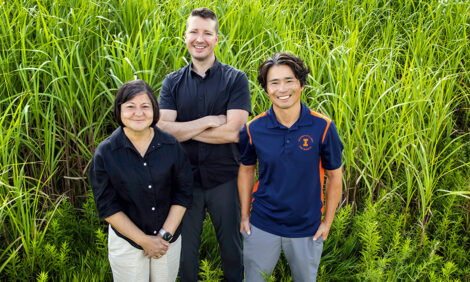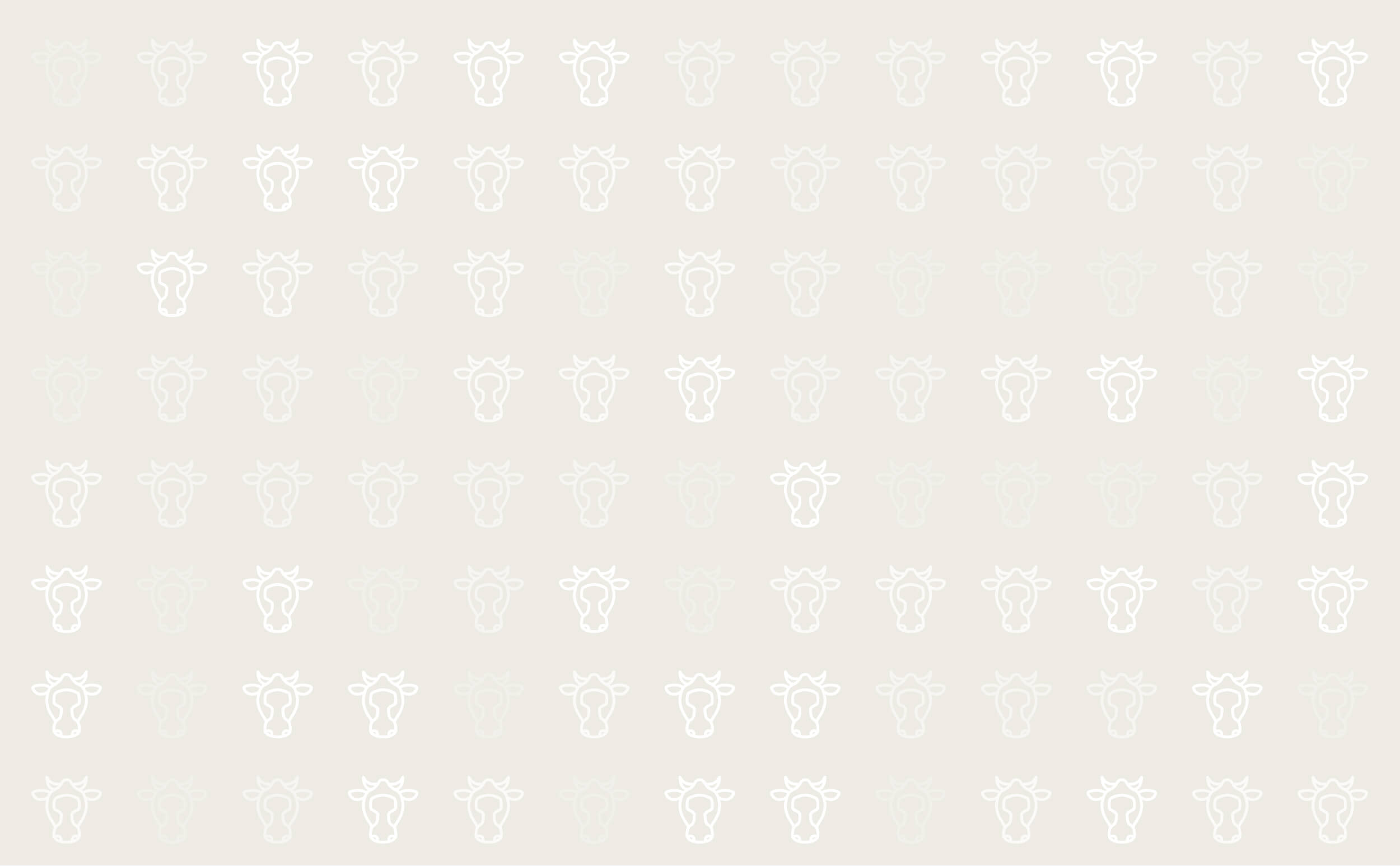



Research shows duplication in vitamin D gene leads to more mastitis
Given the negative consequences of clinical mastitis, unravelling genetic variants underlying in this trait has been a prime interest for animal breeders.Vitamin D binding gene
A region on cattle chromosome 6 is known to have a large effect on mastitis resistance in multiple dairy breeds. By integrating different types of (omics)data, we dissected this region to identify the most likely causal gene Group-specific Component (GC), which is involved in vitamin D binding. Vitamin D is an important vitamin for disease resistance in general.
Duplication of DNA in gene
Wageningen Livestock Research discovered that a large string of DNA (12,000 bases) in an important part of this gene was duplicated multiple times (4-6 times) in about 60% of the alleles. Further analyses showed that this duplication increases the expression of the gene. These alleles with duplications were associated with high mastitis incidence, and alleles with only one copy were associated with low mastitis incidence. Intriguingly, this duplication, despite having a negative impact on mastitis, showed a positive impact on milk yield. This explains why the frequency of this duplication has not been decreased by selection for udder health.
About the research project
In this project we investigated how to screen DNA information for duplications and deletion, and how to study their effect on animal traits. This research was part of the PhD project on structural variation in cattle of Young Lim Lee, funded by Breed4Food. Within Breed4Food we will continue this line of research by investigating the percentage of genetic variance of traits explained by duplications and deletion. If this percentage is substantial, we will investigate how to incorporate this variation into genomic selection programs. Eventually, this will allow for incorporation of structural variants in the genomic breeding values for more accurate breeding.
This research project is being conducted in collaboration with the University of Liege and with CRV.
This work has been published open access in Plos Genetics.



